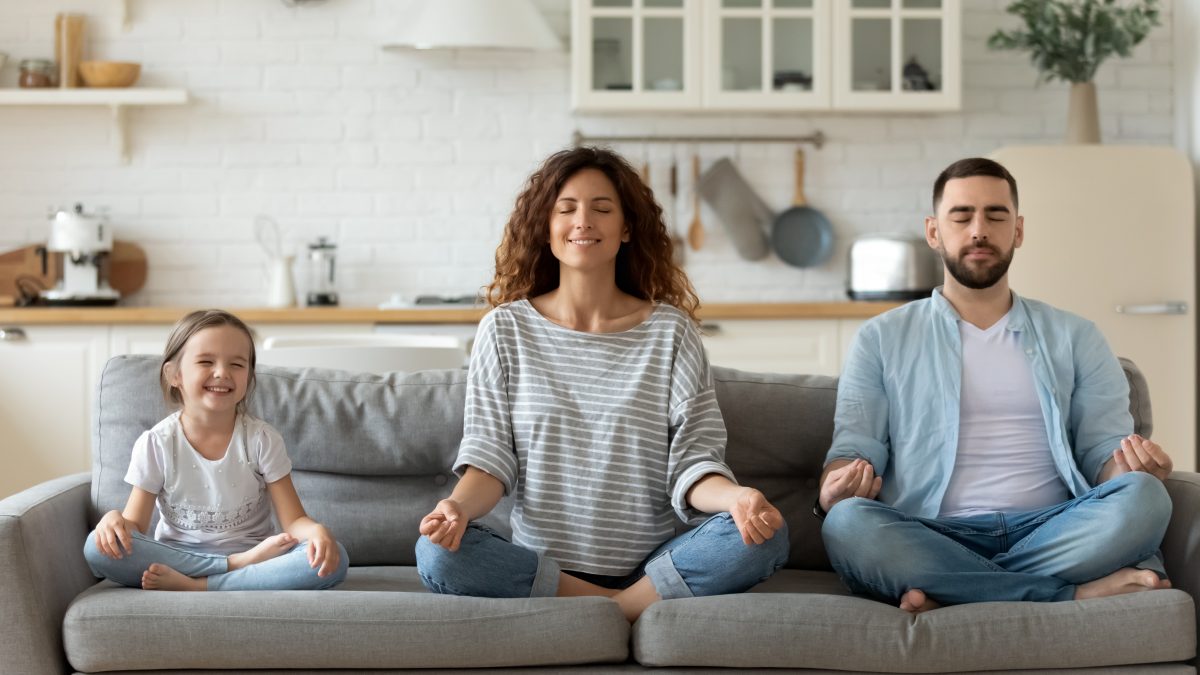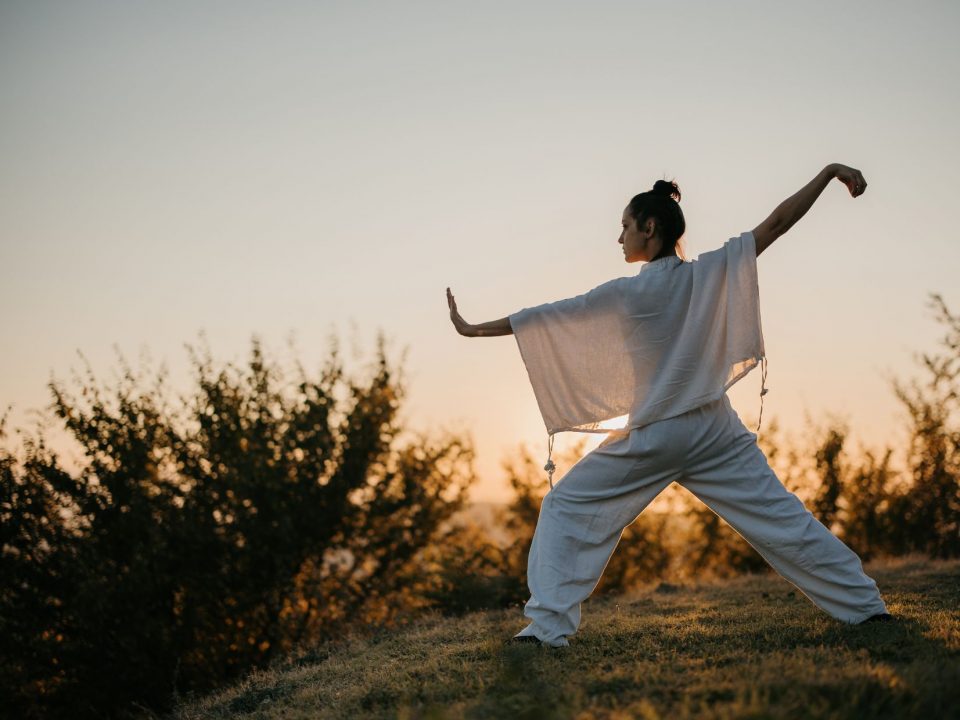10 Mindfulness activities and relaxation exercises for children

Matthew Akal at IMBT Ltd achieves Expert Witness Certificate
November 16, 2022
The importance of Self-Improvement in Personal Development
February 21, 2023Are you one of those parents who care about the quality of time they spend with their child? If your answer is yes, mindfulness can become your greatest ally. Most of the time, we are on “autopilot” and react reactively, rather than receptively. We are driven by mental patterns, concerned with a future that never comes and a past that is no longer happening.
But what is Mindfulness?
Mindfulness is a state of awareness of the present moment. It is the ability to live, moment by moment, observing the present situation with curiosity, acceptance and free of judgment.
Given the importance for children to learn how to relax and manage stress and frustration, it is important to learn some techniques that will allow them to reduce their tension and achieve mindfulness.
The truth is that children love to jump, run and play, but they also need moments of relaxation to feel at peace.
Learning to relax is very important for a person’s physical and mental well-being. For this reason, teaching children relaxation techniques from an early age can be very useful for them and become, over time, a habit for life.
When they relax, children eliminate tensions in the body and reduce muscle and mental stress. By channelling energy, little ones experience general well-being.
In addition, with relaxation techniques for children, they increase self-confidence and reinforce memory and concentration, which improves learning ability.
Relaxation can also help to enrich the child’s sensitivity and improve the quality of sleep.
(If you would like to know more about the benefits of relaxation techniques and meditation for children please read our last article: The Benefits of Meditation and Relaxation for Children)
Even though there are hundreds of different Mindfulness techniques and exercises, we will be focusing mostly on Meditation and Yoga, but also share a few of our favourites for the little ones.
Discover the benefits of relaxation techniques for children that we propose:
-
Meditation
Whether after a day full of activities, games and new learning or to start the day with calm and tranquillity, guided meditation for children is a practice that contributes to the well-being and balance of busy routines.
There are many benefits that meditation brings to our body and mind, and with children it would be no different! This practice helps to improve concentration, control anxiety and reduce stress and tension, thus contributing to the socio-emotional development and learning process of the little ones.
Check out those quick 5 tips from Matthew Akal on how to help your little one practice meditation:
1. Training
It will take a lot of training and encouragement, especially in the beginning, for the child to adapt to this new activity. Be an example for your little one, so that he/she is more interested in the activity. One way to make this possible is family practice!
In addition, at times the child may become distracted or fail to follow the commands and guidelines of meditation. You can encourage it, but it is necessary to respect the child’s time and not force the activity.
2. Concentration and calm
A good exercise to work on concentration, calm and focus is to take a walk in some park and encourage the little one to observe nature, its colours, sounds and perfumes. This will contribute to the idea of feeling present in the moment, in addition to releasing endorphins in our body, increasing the feeling of happiness and relaxation.
3. Breathing
Breathing exercise is one of the main exercises to lead to a meditative state, as it helps to maintain focus and calm down. To diversify this activity, you can ask the child to watch how his chest and belly move during this exercise. Another way is to ask the child to lie down and put his favourite toy on his stomach and watch how it goes up and down during his breathing. That way, the little one will focus on the present moment.
4. Imagination
Guided meditation is a method that consists of bringing a visual element to the practice of meditation, through a narration accompanied by sound effects, contributing to maintain the focus of the mind at the present moment and encourage breathing and relaxation exercises. You can tell a simple story, with a soft tone of voice and a relaxing musical background.
5. Favorable and interesting environment
A favourable environment makes all the difference in the process. Let the child use his/her imagination to create a safe, comfortable and beautiful environment, this will help him/her to feel interested in that moment.
-
Yoga
The benefits of Yoga for child development are immense, but on top of that, it’s one of the best relaxation techniques for children and by far one of the most important to achieve Mindfulness.
Nowadays, with the amount of information we receive at all times, we have to work a little harder to live in the present moment, observing ourselves and seeking the self-knowledge and development we need to be well with ourselves and with others. Especially for children, being able to live the experience of reflection and learning during a Yoga class is something that can permeate their lives, bringing a direction in relation to the good paths and purposes of life that they can walk as human beings.
Recently, schools from different places around the world have inserted the practice of Yoga in the school curriculum. When inserted in this context, the practice can contribute to the students’ performance, which brings a positive influence to the children, both physically and socially, as they begin to awaken their awareness in themselves, reflecting on their behaviours, becoming more observant and focused. This certainly reflects in better school performance too.
-
Massages and caring
Sometimes the child just needs to feel loved, cherished and safe.
Hug her/him and massage their shoulders, and talk in a low, calm voice until the child calms down. It is also important to listen to them, let them vent and help them let out their emotions.
A massage can translate as a series of caresses with the palm of your hand on the side of your face. But the slowest and soft the action, the better will be.
There is no need to be an expert. Just as long as you have time to help the child relax.
In case you don’t have the time, at least give a hug and a caress …, physical contact with another person tends to be a reassuring element for the human being and super important to the little ones. Also, this activity helps to improve the relationship between those involved.
-
Hug a cuddly toy
This exercise of relaxation is indicated for younger children. It consists of using a plush toy and giving instructions for the little one to hug it, increasing and decreasing the strength little by little, in a gradual way, in a calm way with breathing. In this way, the muscles tighten and stretch without being carried out in one moment too much effort, in such a way that a feeling of relaxation falls.
The result of this technique translates into a complete muscular and mental relationship not only because asking the child to breathe deeply and embrace his/her teddy or soft toy with a lot of strength, helps to relax the muscles but also the affection and care by the stuffed toy.
-
Guided Imagination
This technique is very useful to reduce tension and anxiety, especially in children with a high level of imagination. It is about creating in the imagination of the smallest, safe and relaxing environment where the cause of anxiety in the future cannot affect them. For example, a wooden house in the mountains, a wild jungle or a beach.
This process of imagination is going to be guided by the therapist, teacher or parent in a way to look for an environment with elements that are pleasant and reassuring. For better results, play soft music and a talk with a calm and deep voice.
-
Colouring
Fun and enjoyable, this is a pastime that conquers children and adults! It is possible to explore different materials, such as chalk, paint or pencil, for example. In addition to calming the little one, this activity also stimulates creativity.
-
Plasticine
Manual activities are great ways to release stress in a healthy way. Homemade modelling clay is one of those options that work with feelings of anger and frustration, discharging child aggression.
-
Soap bubbles
This is a fun activity that works both with little babies and with slightly older children. With babies, you can blow soap bubbles around the little one, so he/she gets distracted by the colours and the bubbles fading and he/she ends up forgetting the crying. The bigger ones, on the other hand, can blow the bubbles themselves, taking a deep breath and thus calming down.
-
Sing and listening to music
When we think of calming a child, one of the typical images that come to mind is a mother singing to her child.
Music is a very important element for human beings. After all, who doesn’t like good music? In addition to being enjoyable, listening to music is very important for child development. Choose a calm and quiet song, it can be sounds of nature or a song that your little one likes.
Singing or singing together a simple song, which requires a slight effort to control the tone and pace will help improve the state of tension and relax the child.
-
Read your favourite story
The moment of reading is always something very special! So, how about telling your little one’s favourite story so that he/she can relax and, of course, spend time full of affection with you?
What’s up at your house? Tell us what you do to calm your little ones when they are very anxious or angry.
Did you like to know more about the different techniques and activities to help strengthen your child’s emotional health and improve their mindfulness?
And if you liked this content, I invite you to leave a comment, telling me your thoughts and suggestions, and be sure to share this post on your social networks! Thank you for your continuous support.





